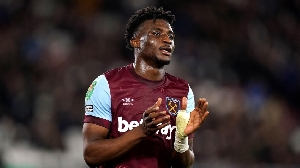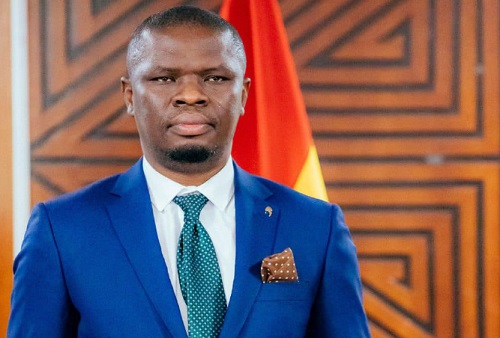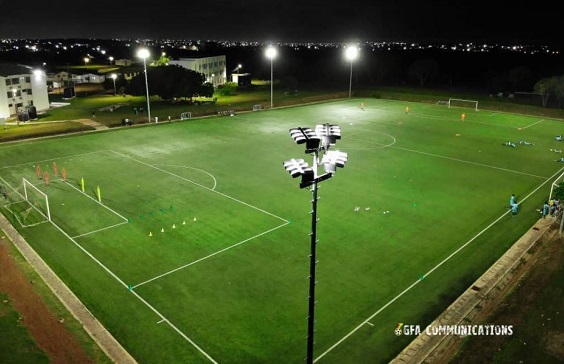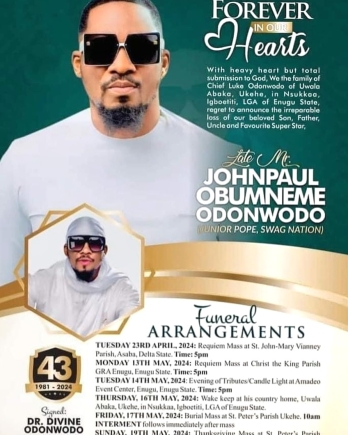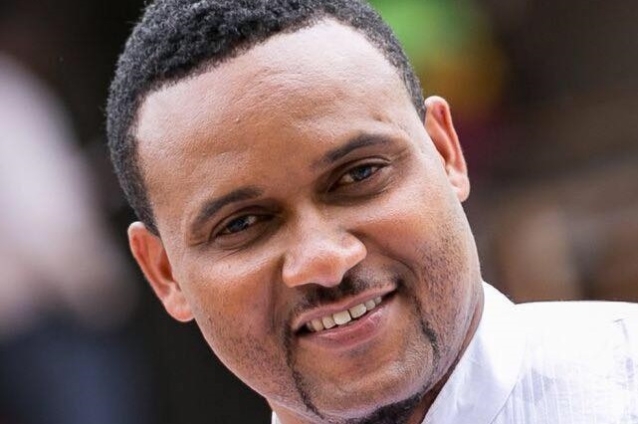Who is looking forward to voting in the next election?
Are some groups more enthusiastic than others as they think about election 2024?
I reckon we are still a year away, but I am intrigued by the gaps in enthusiasm based on data from the most recent round (2022) of the Afrobarometer survey. In the survey, respondents are asked “If presidential elections were held tomorrow, which party’s candidate would you vote for?”
The response choices are – a) specifying a particular political party; b) would not vote; c) don’t know; and d) refused to answer.
In examining the enthusiasm gap, I treat the choices as follows – a) will vote (those who specified a particular political party); b) would not vote; and c) don’t know.
I eliminated from my analysis those who refused to answer the question.
What does the data show?
When I speak of an enthusiasm gap, I am simply referring to the percentage difference between groups who say they intend to vote compared to those who say they do not intend to vote.
I perform the necessary statistical tests to see if the differences observed are significant.
After testing differences across 10 demographic characteristics, here is what I observed.
Significant differences
• Seventy-two per cent of voters in rural areas intend to vote compared to 61.2 per cent of those in urban areas.
• Seventy-three per cent of voters who identify themselves as Muslims intend to vote compared to 64 per cent who identify themselves as Christians.
Sixty-three per cent of those who identify with other religions intend to vote.
• Sixty-four per cent of voters in the 18-24 bracket intend to vote compared to 63.4 per cent in the 25-36 bracket; sixty-six per cent in the 36-45 bracket; seventy-two per cent in the 46-55 bracket; and sixty-eight per cent in the 56 years and above bracket.
• Sixty-three per cent of voters in the Coastal belt intend to vote compared to 63.9 per cent in the Middle belt and 75.5 per cent in the Northern belt.
• Ninety-five per cent of voters who identify themselves as NDC intend to vote compared to 84.1 per cent who identify themselves as NPP.
Ninety-two per cent who identify themselves with other political parties intend to vote.
6. Forty-two per cent of voters who say they do not feel close to any particular political party (non-partisans) intend to vote, compared to 87.8 per cent of those who say they do feel close to a particular political party (partisans).
• If you look at the regional differences in descending order, this is how the picture looks like – Oti 92 per cent; Northern 88 per cent; Western North 82 per cent; Volta 75 per cent; Ashanti 72 per cent; North East 69 per cent; Western 67 per cent; Ahafo 67 per cent; Upper West 66 per cent; Central 62 per cent; Upper East 61 per cent; Bono East 61 per cent; Eastern 54 per cent; Greater Accra 53 per cent; and Bono 49 per cent.
Non-significant differences
• Interestingly, among the following demographic groups – gender, educational attainment, and experiences with poverty, there were no significant enthusiasm gaps.
Who is winning the most enthusiastic voters?
From the previous section, our most enthusiastic voters by demographic characteristic are as follows – a) rural voters; b) voters in the Savannah region; c) Muslim voters; d) Voters in the 46-55 age bracket; e) voters in the Northern belt; and f) voters who say they do feel close to a particular political party.
Which one of our two main political parties, NDC vs NPP, is winning the most enthusiastic voters?
In essence, who do they say they intend to vote for?
• Among rural voters, the NDC leads the NPP by a 60 per cent – 36 per cent margin.
• Among voters in the Savannah region, the NDC leads the NPP by a 55 per cent – 39 per cent margin.
• Among voters who identify as Muslims, the NDC leads the NPP by a 70 per cent – 24 per cent margin.
• Among voters in the 46-55 age bracket, the NDC trails the NPP by a 43 per cent – 54 per cent margin.
• Among voters in the Northern belt, the NDC leads the NPP by a 68 per cent – 28 per cent margin.
• Among partisans, without breaking them down by specific party affiliation, the NDC leads the NPP by a 51 per cent – 46 per cent margin.
The key takeaway
The incumbent party, the NPP, is yet to pick a flag bearer.
By November 5, their primaries will be settled, and we will know who their flag bearer is.
There are still other political rituals yet to occur – the choice of running mate, the party manifestos, other candidates who will emerge from other parties or as independents, which candidate may face disqualification from the Electoral Commission, among others.
All of these may change the dynamics of the upcoming elections.I am sure we all agree that December 2024 is still a long way to go.
But for now, the political winds are blowing against the incumbent party.
NB: The writer is a Democracy and Development Fellow at the Ghana Centre for Democracy and Development (CDD-Ghana).
SOURCE: GraphicOnline




